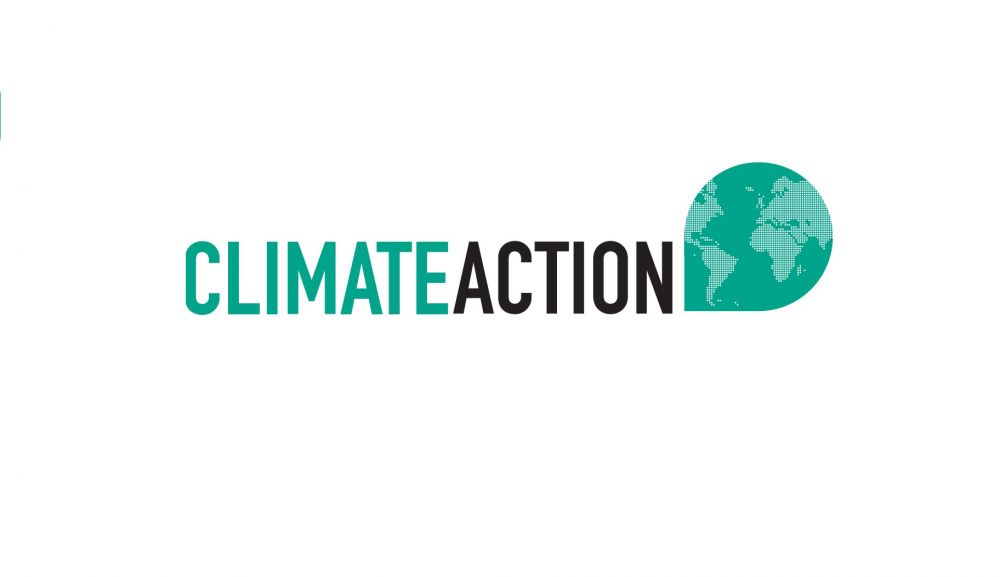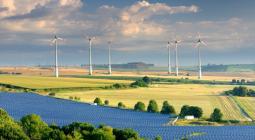Young people have a smaller ‘allowance’ of CO2 emissions than the generation before.

New analysis from Carbon Brief has found that younger generations need to significantly lower their carbon emissions for future climate targets.
The analysis has found that global CO2 emissions need to decline rapidly if mean annual temperature rise is to be kept well below 2.0 degrees Celsius. Essentially, young people have a smaller ‘allowance’ of CO2 emissions than the generation before.
To find out how much smaller young people’s personal CO2 limits would be, Carbon Brief’s Zeke Hausfather combined historical data on emissions and populations with projections for the future.
As a result, in a world where warming is limited to 1.5 degrees Celsius, the average person born today can emit only an eighth of the lifetime emissions of someone born in 1950.
The data analysed has been used to create an interactive tool to show the size of each person’s carbon budget during their lifetime, depending on when and where they were born. It looks at both a scenario of keeping global average temperature rise below 2.0 degrees Celsius, and the recommended 1.5 degrees Celsius.
For both cases, it shows that younger generations will have significantly lower lifetime carbon budgets, as ‘allowable’ emissions have already been used up by older generations.
Despite warnings of the imminent consequences of climate change, the International Energy Agency’s report found that in 2018, global carbon emissions rose by 1.7 per cent. This highlights the work that needs to be done by younger generations to keep on track for targets set at the Paris Agreement.
This Friday, students from over 70 nations across the world will strike from school for climate action. Friday’s for Future, which has been ongoing since the first global strike in February 2019, aims to bring attention to the climate crisis and urge governments to act now.
No doubt, Carbon Brief’s new analysis will further spur on student strikers to campaign for a better future and demand global leaders to keep to a 1.5 degrees Celsius scenario.
Find out your carbon allowance using the interactive tool here.
10 April 2019





